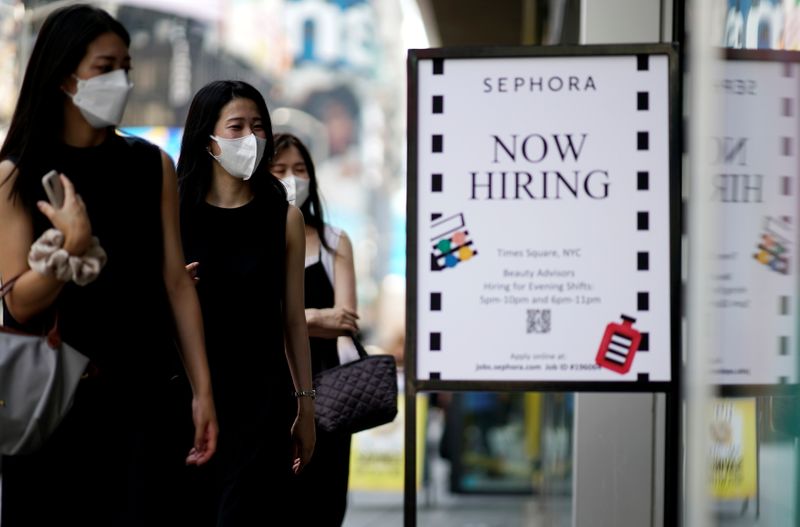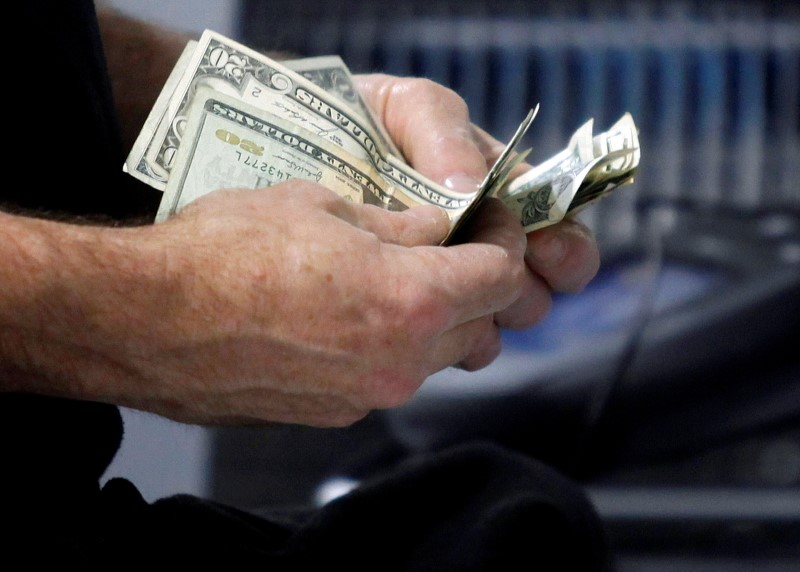WASHINGTON (Reuters) – U.S. economic growth for the second quarter is likely to be revised higher following a recent raft of stronger than initially thought data covering that period, which reflected the economy’s reopening amid improved public health.
The Commerce Department’s quarterly services survey, or QSS report, on Thursday added to a flow of data such as retail sales and inventories in suggesting that gross domestic product grew much faster than the 6.5% annualized rate reported by the government in its advance estimate last month.
The QSS provided data on services spending and intellectual property products investment, which will be incorporated by the Commerce Department’s statistics agency, the Bureau of Economic Analysis, into its second estimate of GDP growth.
“We think these components will be revised up slightly in the BEA’s upcoming GDP release as a result of the QSS data,” said Daniel Silver, an economist at JPMorgan in New York.
Following the QSS data, upward revisions to June core retail sales and steady inventory accumulation, economists expect second-quarter GDP growth could be revised to as high as a 7.3% pace, when the BEA to be publishes its second estimate next Thursday.
The QSS report showed services industry revenue increased 4.0% in the second quarter, and was 5.7% above its pandemic level. The growth in revenue was led by the leisure and hospitality as well as the travel sectors.
Though a resurgence in COVID-19 infections, driven by the Delta variant of the coronavirus poses a risk, economists were generally optimistic that the services industries would continue to grow in the second half of the year.
“This wave of COVID-19 cases in the U.S. will likely have less economic cost,” said Ryan Sweet, a senior economist at Moody’s Analytics in West Chester, Pennsylvania. “A number of the high-frequency measures that we monitor have softened a little, but nothing that raises a red flag.”
Nevertheless, economists at Goldman Sachs on Wednesday cut their third-quarter GDP growth estimate to a 5.5% rate from a 9% pace, citing higher inflation and the Delta variant. They, however, lifted their forecasts for the fourth quarter and 2022.
The economy is expected to grow by about 7% this year, which would be the strongest performance since 1984.
(Reporting By Lucia Mutikani, Editing by Nick Zieminski)

























